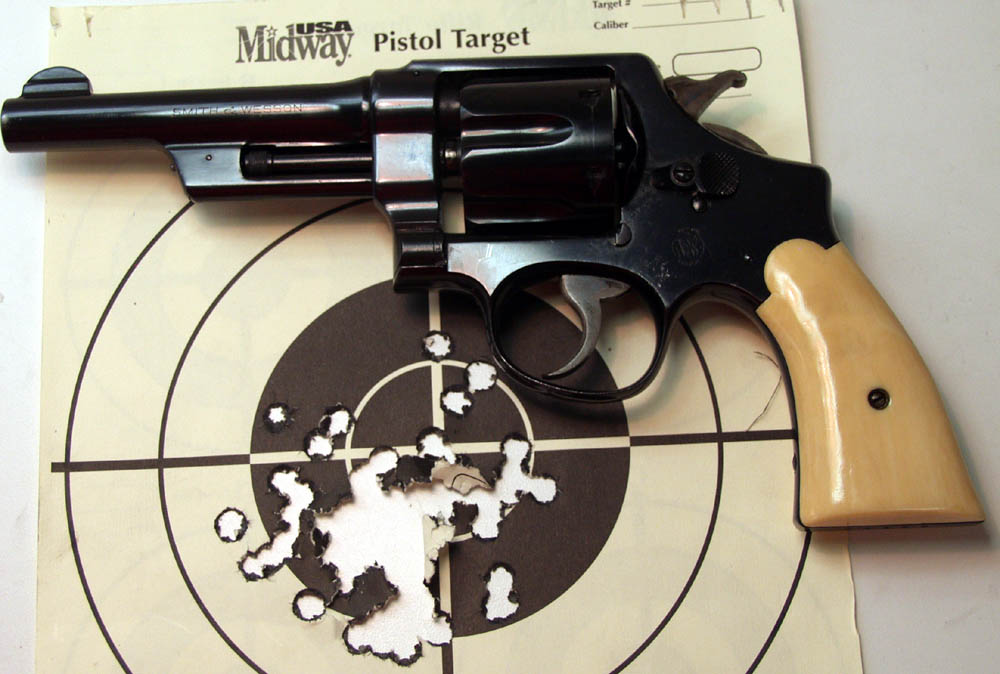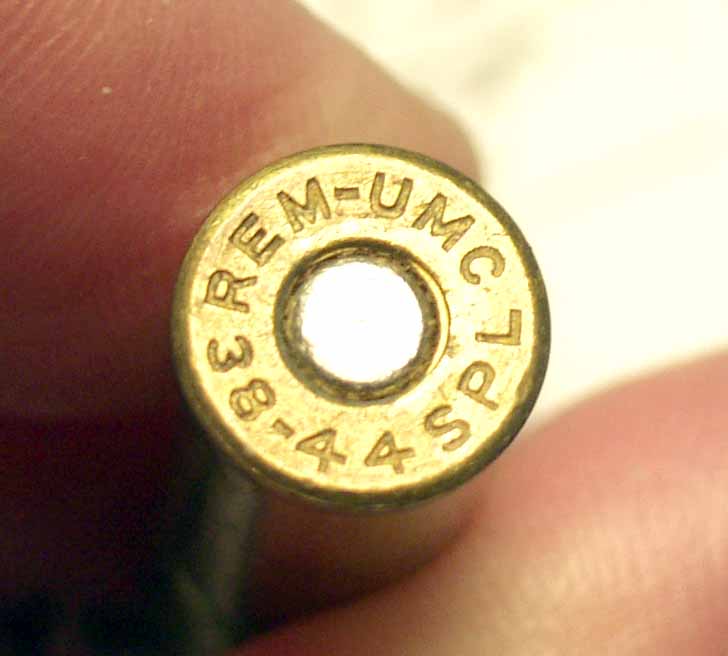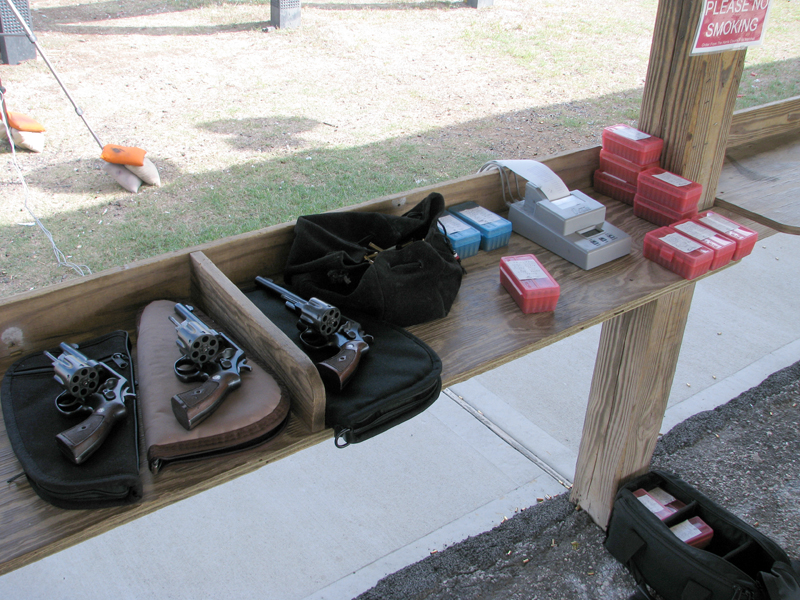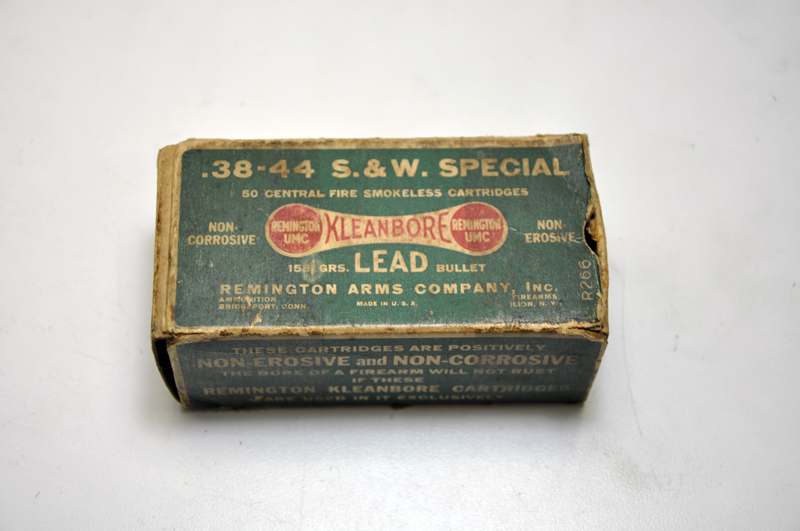Just a small correction to something that was said earlier.
P.O. Ackley and Elmer Keith worked for years on high powered loads for the 38 Spl. much of their work led to the development of the .357 Magnum. Keith's lswchp designed bullet was used in a good deal of this testing by Keith and was available for reloaders through the Lyman Co.
Keith's 155 gr. hp bullet #358439 was a popular one for years as was his 165 gr. load. Both were also used in the .357 Magnum according to my 1957 Lyman catalog 41st edition. Both in fact had been available for years.
The idea that these bullets and commercial ammo which used them was not available till the 1960s is a mistake. They became more widely commercially available from Federal and Remington in the post war period though.
158 gr. lrn ammo in 38 Spl. dominated police use till the end of the revolver era.
tipoc
P.O. Ackley and Elmer Keith worked for years on high powered loads for the 38 Spl. much of their work led to the development of the .357 Magnum. Keith's lswchp designed bullet was used in a good deal of this testing by Keith and was available for reloaders through the Lyman Co.
Keith's 155 gr. hp bullet #358439 was a popular one for years as was his 165 gr. load. Both were also used in the .357 Magnum according to my 1957 Lyman catalog 41st edition. Both in fact had been available for years.
The idea that these bullets and commercial ammo which used them was not available till the 1960s is a mistake. They became more widely commercially available from Federal and Remington in the post war period though.
158 gr. lrn ammo in 38 Spl. dominated police use till the end of the revolver era.
tipoc




